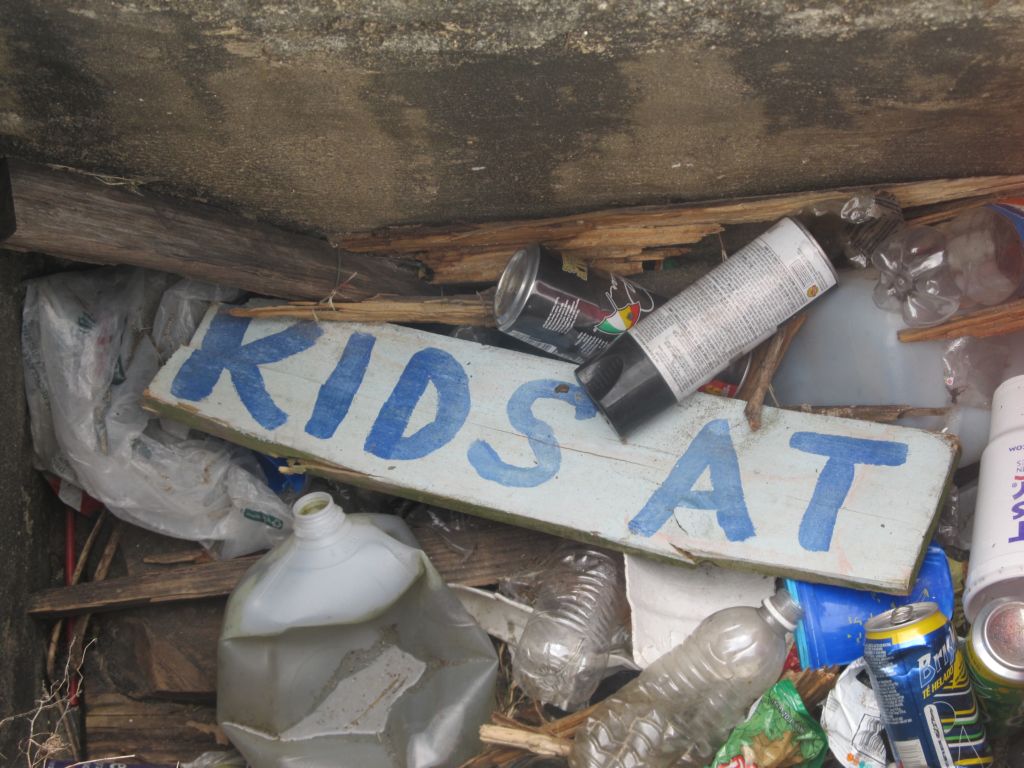How much waste do you produce in a single day?
To find out, all you need is a kitchen scale. Over a period of seven days, weigh your garbage and keep a record. How much trash do you, as an individual, produce each week? What about your whole family?
What percentage of your waste is recyclable or compostable? How much of your trash is going to the landfill?
The average American produces a little over four pounds of trash each day. Even though many of us recycle, the amount of waste we produce is still higher than it was in the sixties. Together, Americans produce 220 million tons of waste annually, 55% of which end up in landfills (unless you live in San Francisco, which has managed to divert 80% of its collective trash to recycling and composting programs, and is well on its way toward the end goal of producing “zero waste” as a city). And while businesses, schools, and hospitals produce a lot of trash as well, 65% of the trash found in today’s landfills is produced by individual households.
Of course, that’s just the trash that goes in the can. Waste that builds up as a result of littering and illegal dumping ends up in our waterways. When it rains, stormwater carries trash into drainage systems, creating blockages and causing flooding and overflows. Other trash makes it through the drainage system or gets flooded directly into waterways through open water channels. This phenomenon has also increased, rather than decreasing over time. If we don’t find a way around this, and fast, it will be catastrophic for our oceans, where most of the waste ends up.
People need to change their individual behaviors in order to reduce the amount of waste being produced. The EPA is actively working to reduce waste in U.S. waters, and offers numerous resources and information to consumers through the EPA Trash-Free Waters Program. Meanwhile, researchers and inventors are working on innovative solutions to deal with the existing trash problem. For example, the Bandalong litter trap has become a favorite with Groundwork Anacostia in Washington, DC, and subsequently, The Dog River Clearwater Revival installed one in Mobile, AL. Cities around the country are experimenting with solar-powered garbage compactors, and there are some programs under development to convert landfill gases into energy.
In the coming months, the Urban Waters Learning Network will continue to explore solutions to the waste crisis, looking at innovations in prevention as well as clean-up. What are some solutions you suggest, or innovations you have encountered?
Further Reading:
Artula Institute. “Trash Facts.” Living Coast Discovery Center, 2012. http://www.thelivingcoast.org/wp-content/uploads/2012/05/TrashFacts.pdf
Duke University. “How Much Do We Waste Daily?” Center for Sustainability and Commerce. https://center.sustainability.duke.edu/resources/green-facts-consumers/how-much-do-we-waste-daily
Glascock, Tori.“The Impact of Ocean Trash.” Ocean Currents, Ocean Conservancy, 2016. http://blog.oceanconservancy.org/2016/09/03/the-impact-of-ocean-trash/
Kulpinski, Dan. “Human Footprint: Where Does all the Stuff Go?” National Geographic, 2016. http://channel.nationalgeographic.com/channel/human-footprint/trash-talk.html
Parker, Laura. “With Millions of Tons of Plastics in Ocean, Scientists are Studying Impact.” National Geographic, 2014. http://news.nationalgeographic.com/news/2014/06/140613-ocean-trash-garbage-patch-plastic-science-kerry-marine-debris/
San Francisco Environment. “Zero Waste FAQs”. https://sfenvironment.org/article/zero-waste-frequently-asked-questions-faqs
U.S. EPA. “Reducing Waste: What You Can Do.” https://www.epa.gov/recycle/reducing-waste-what-you-can-do
U.S. EPA. “Trash-Free Waters.” https://www.epa.gov/trash-free-waters


